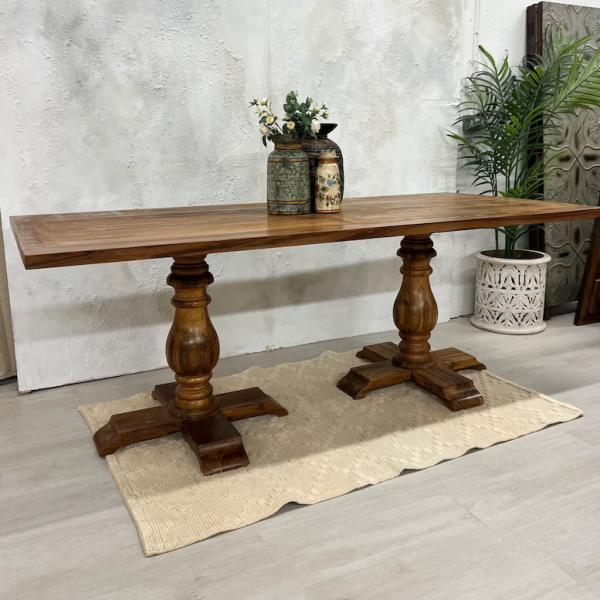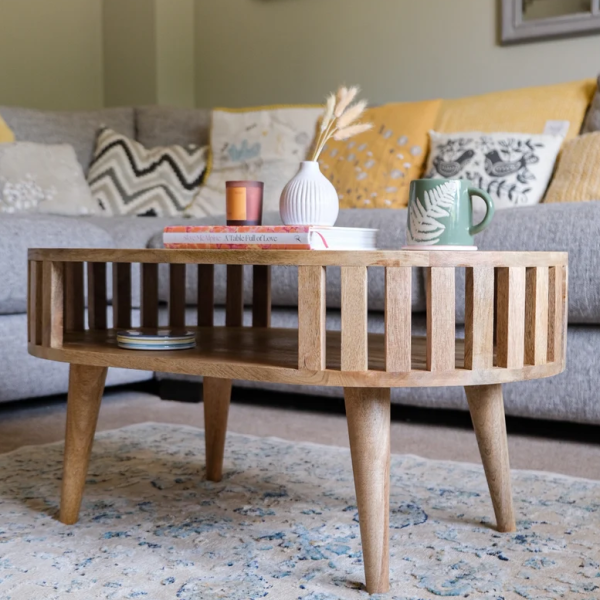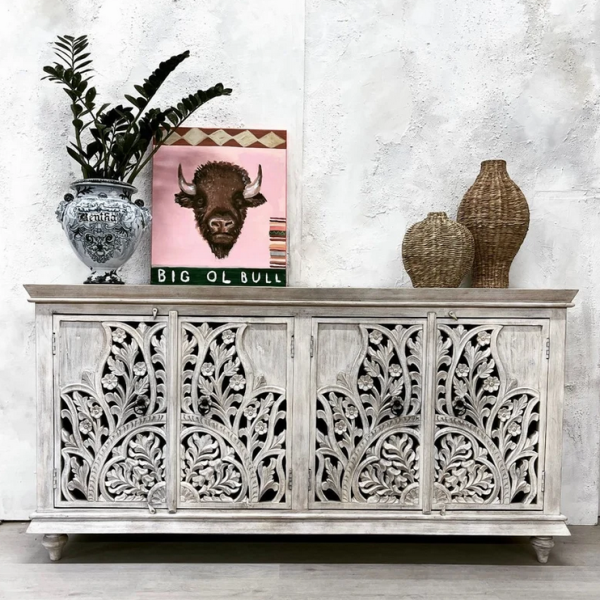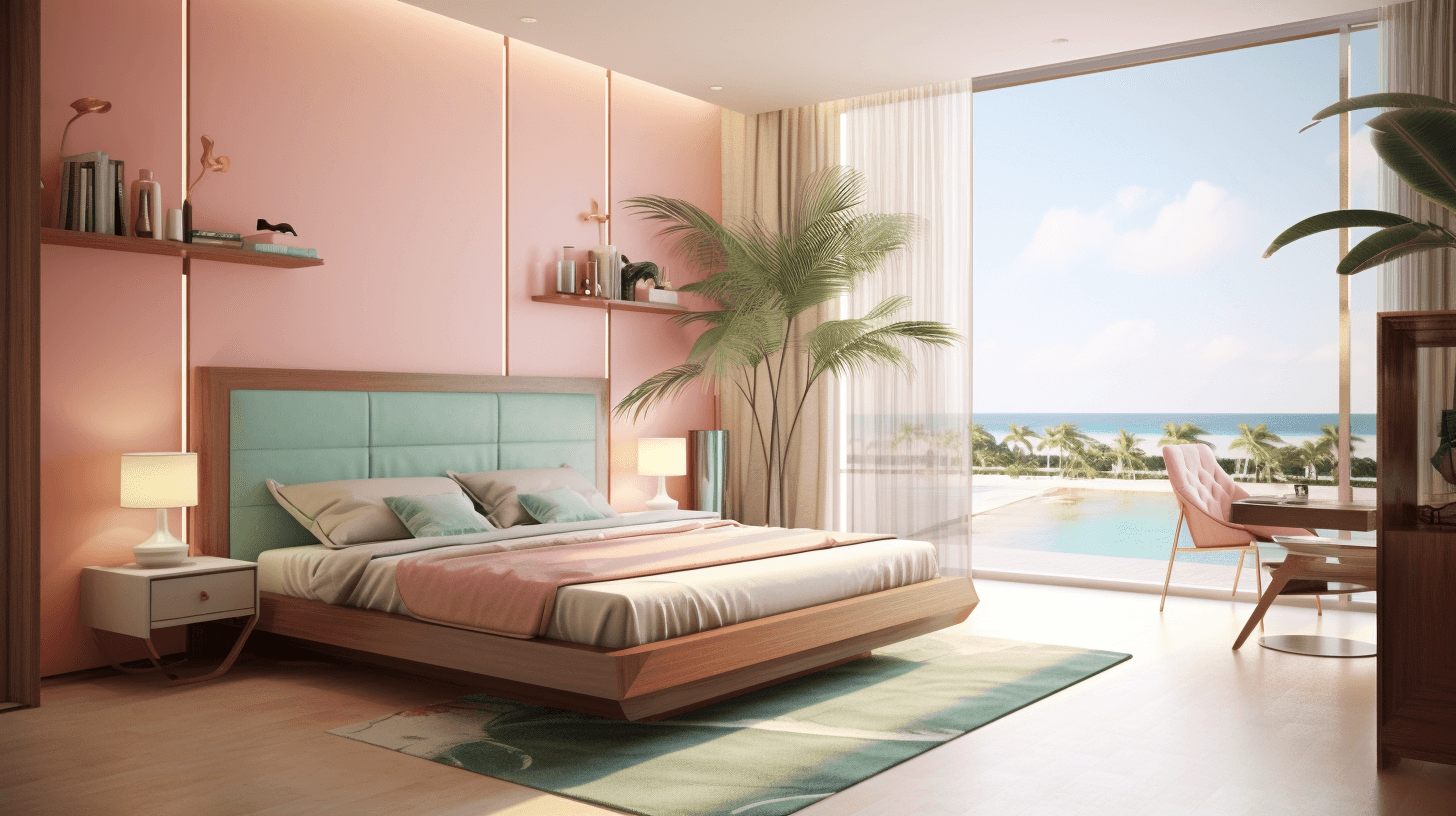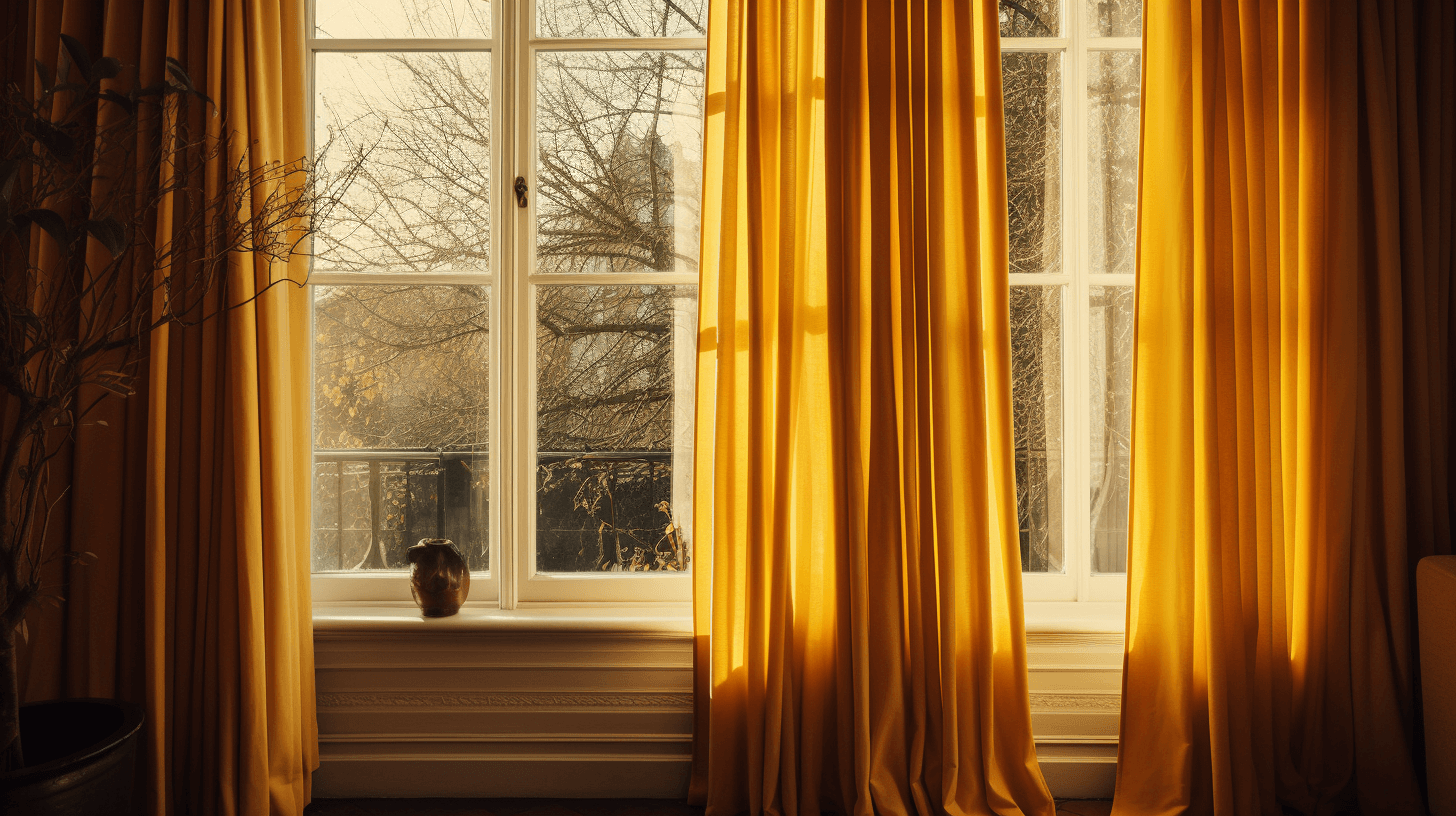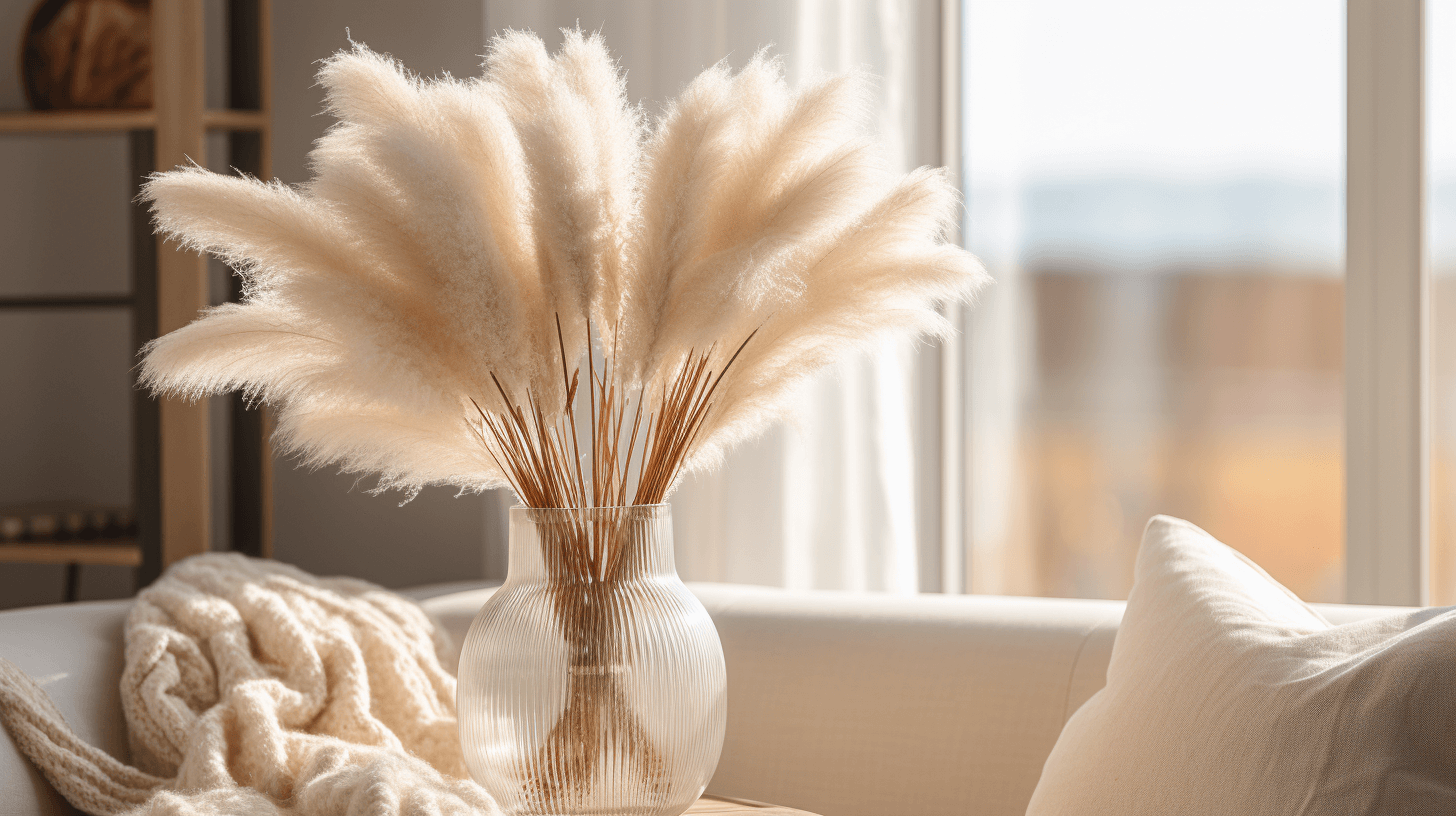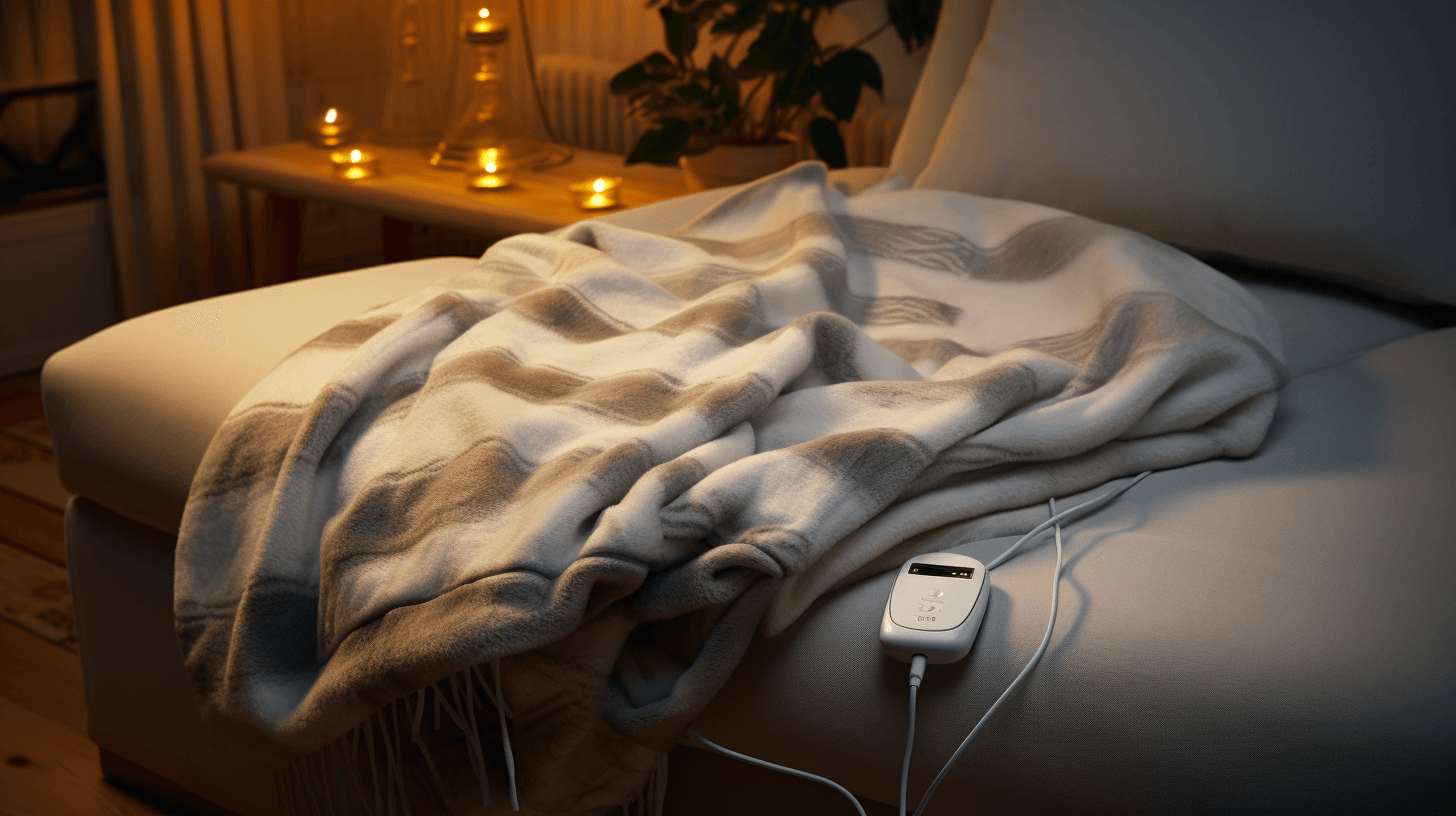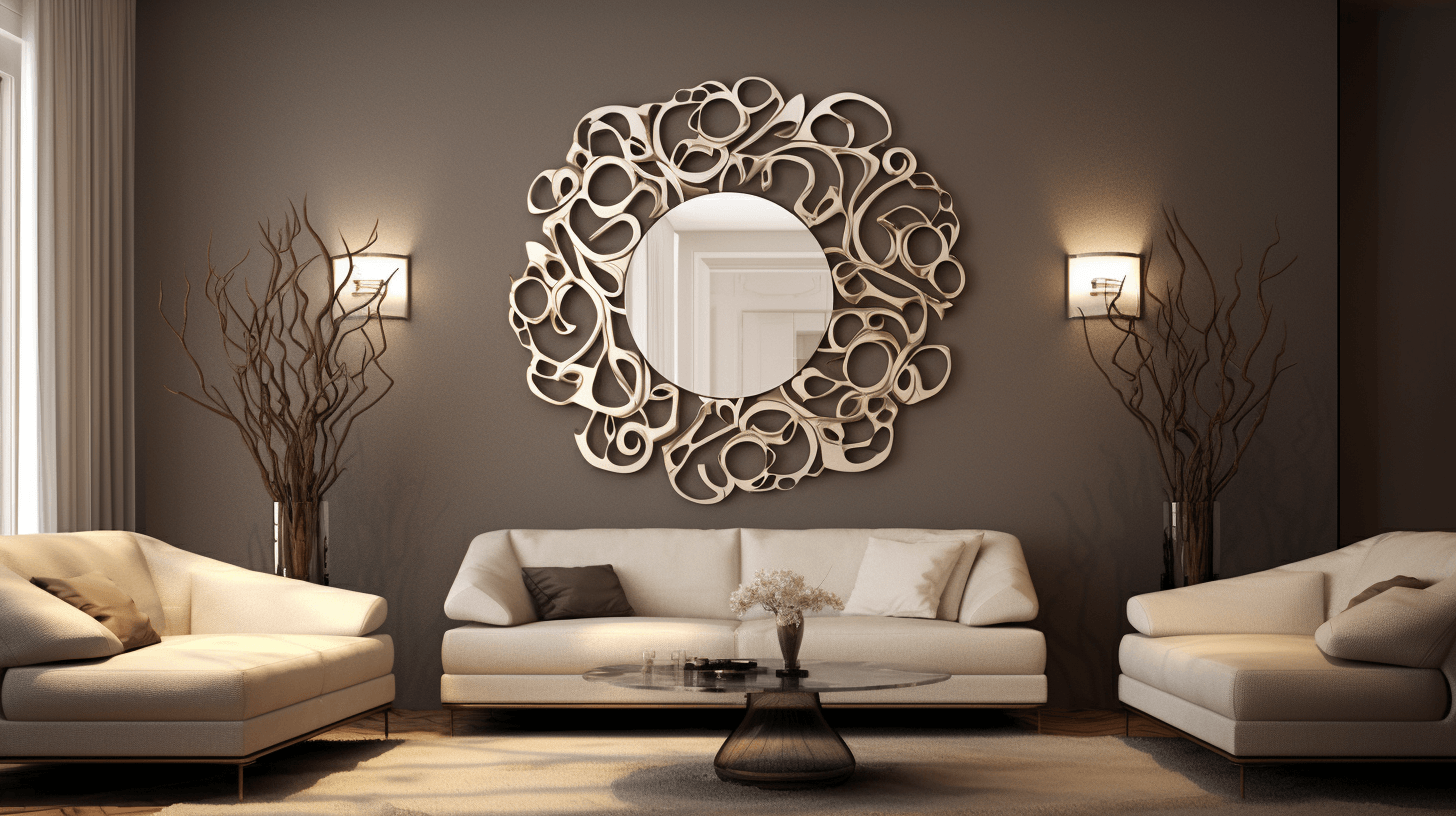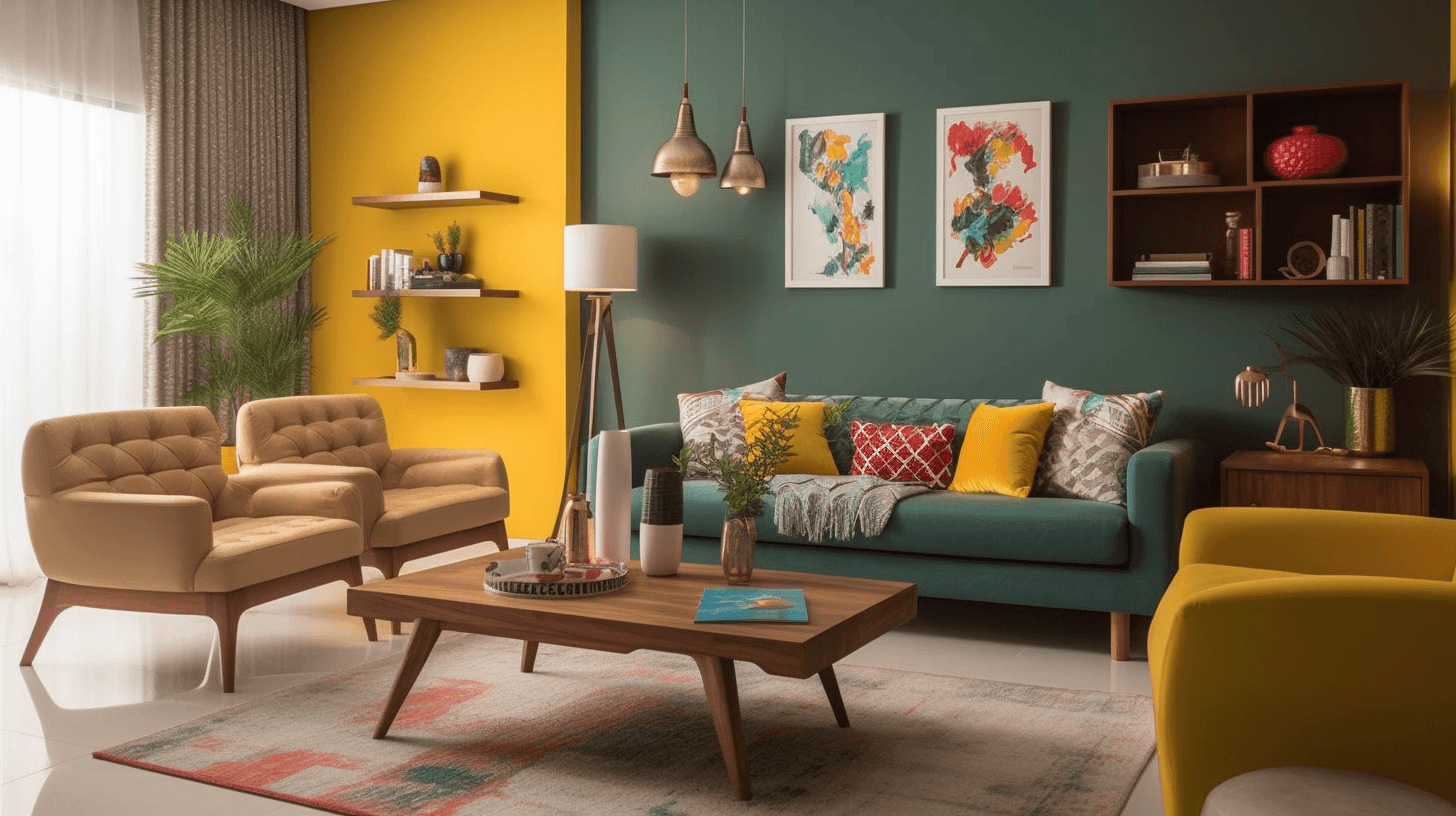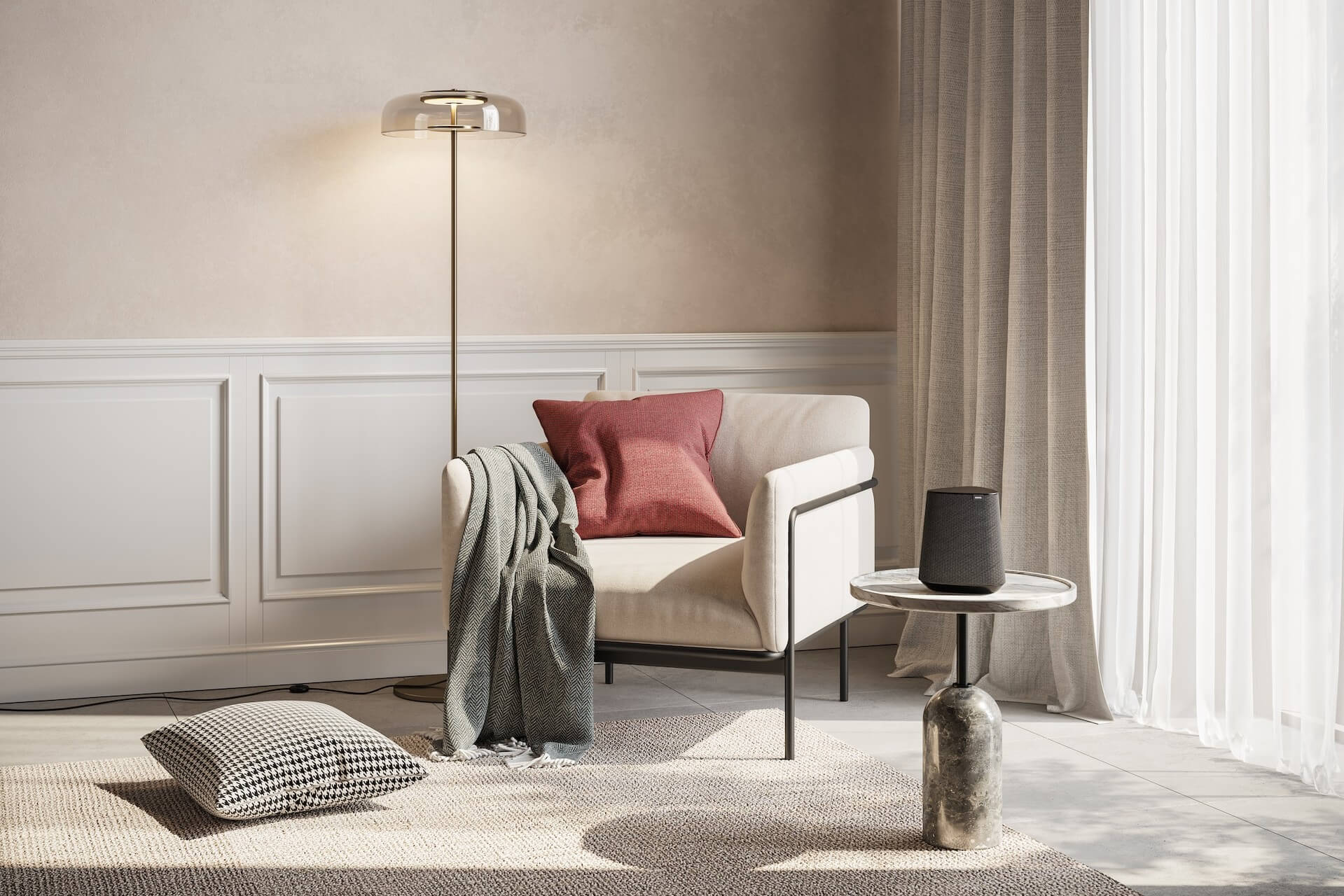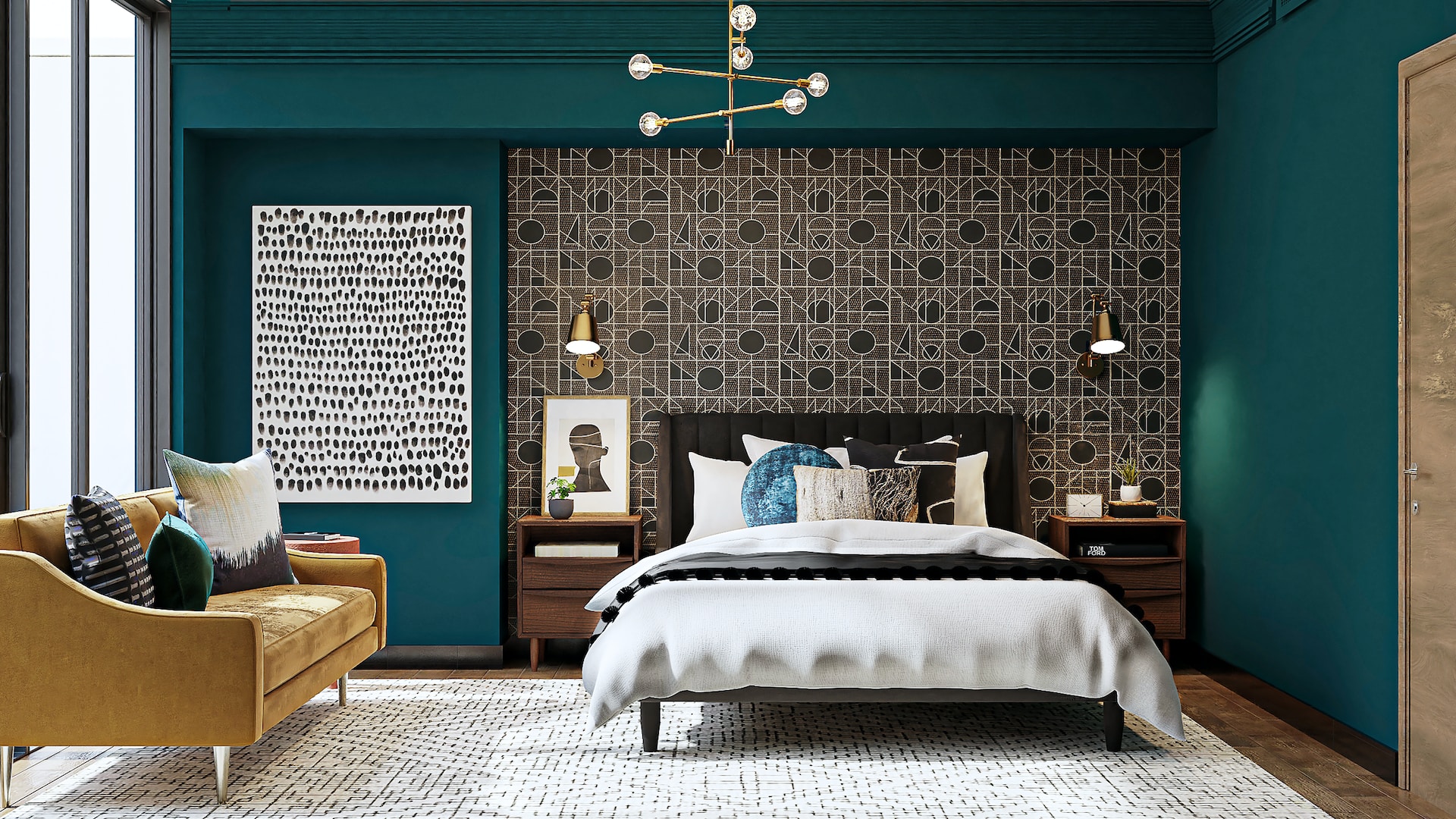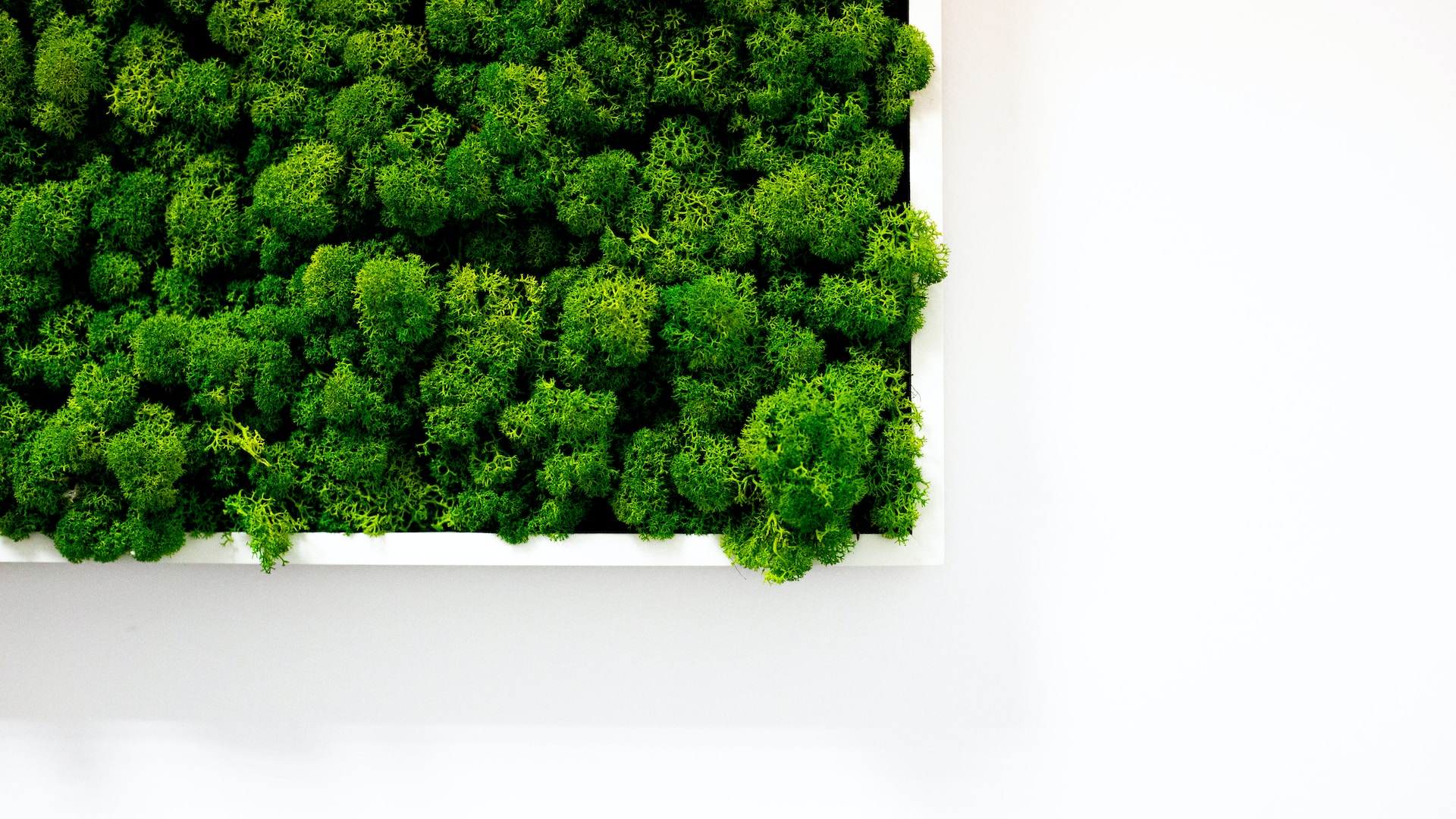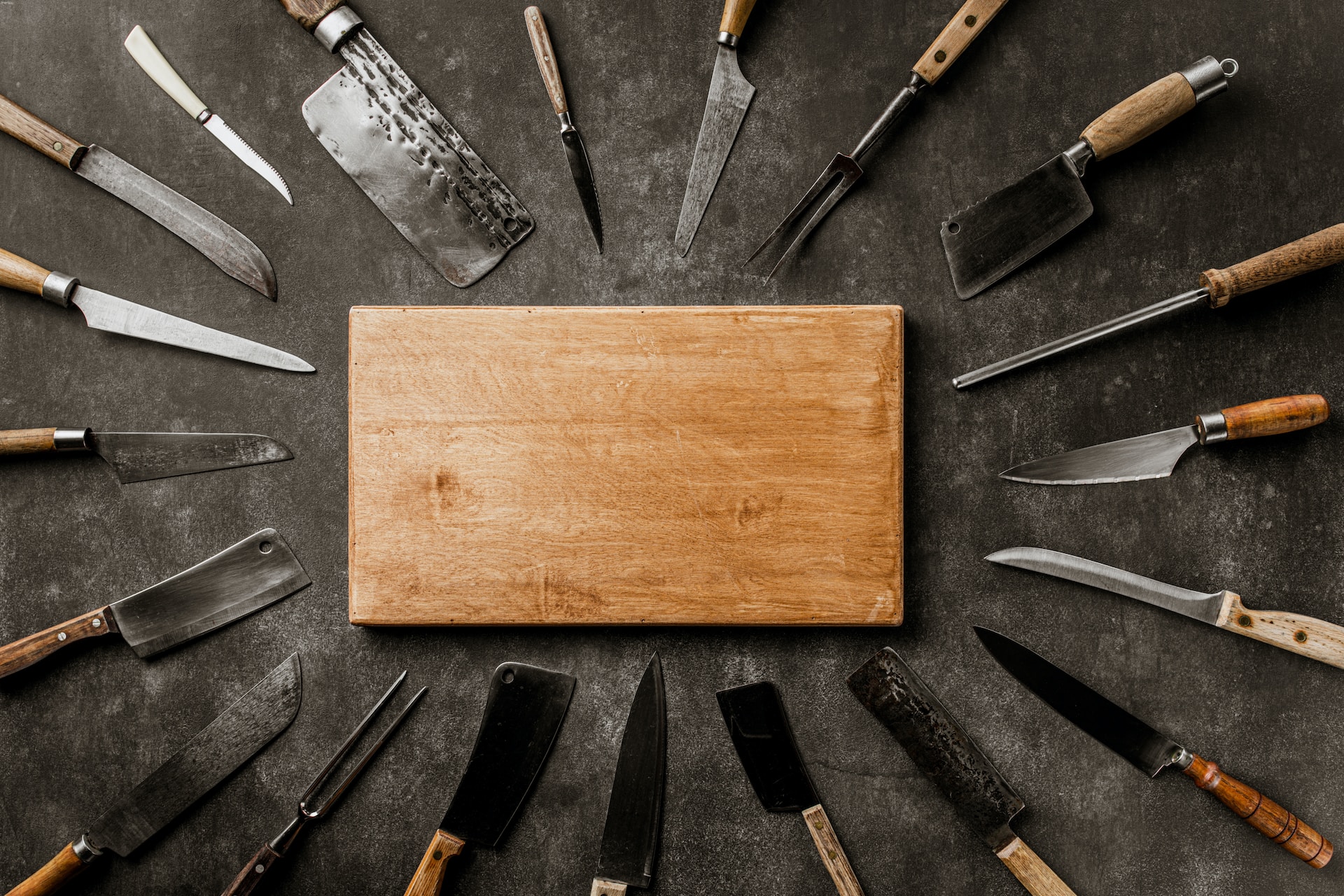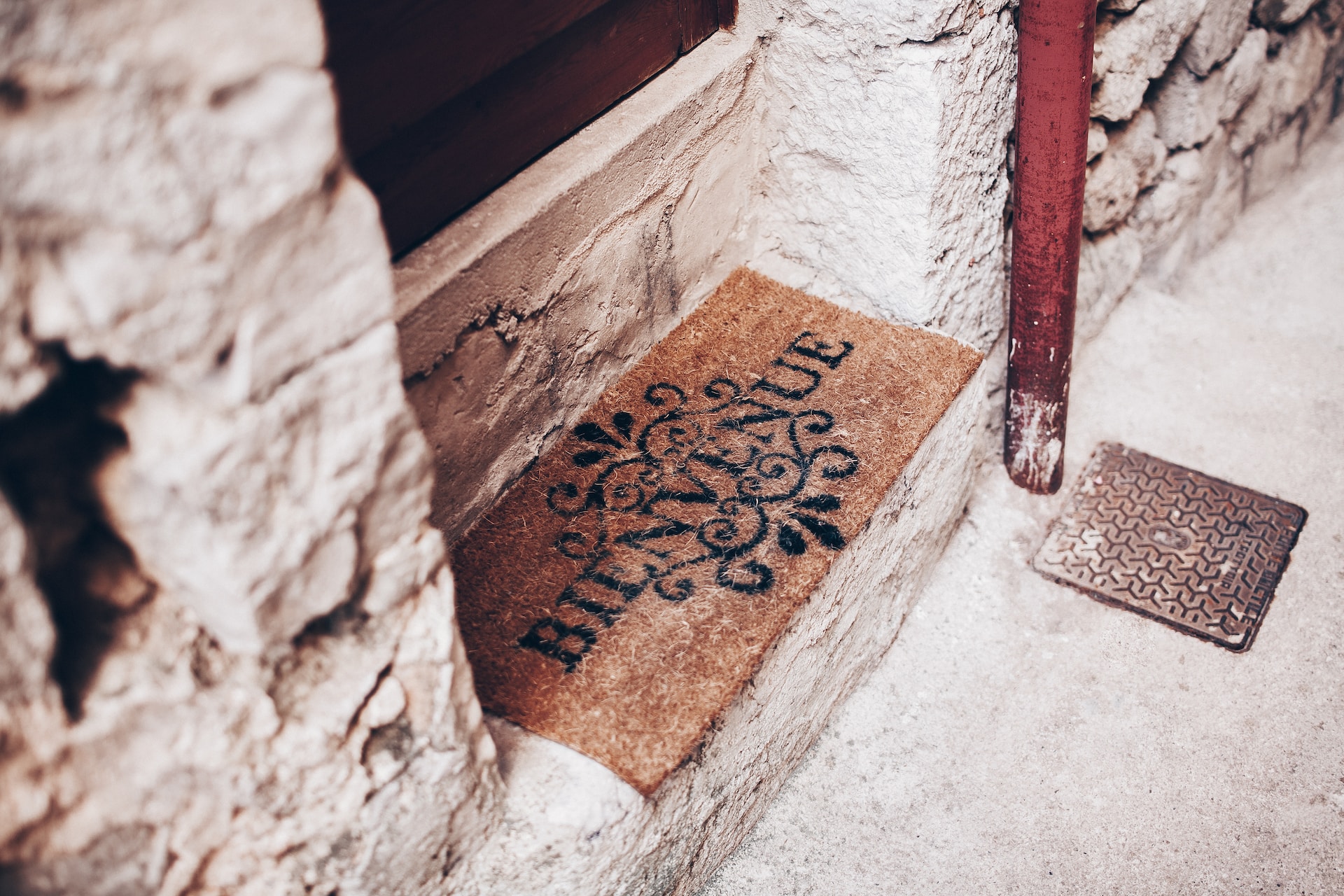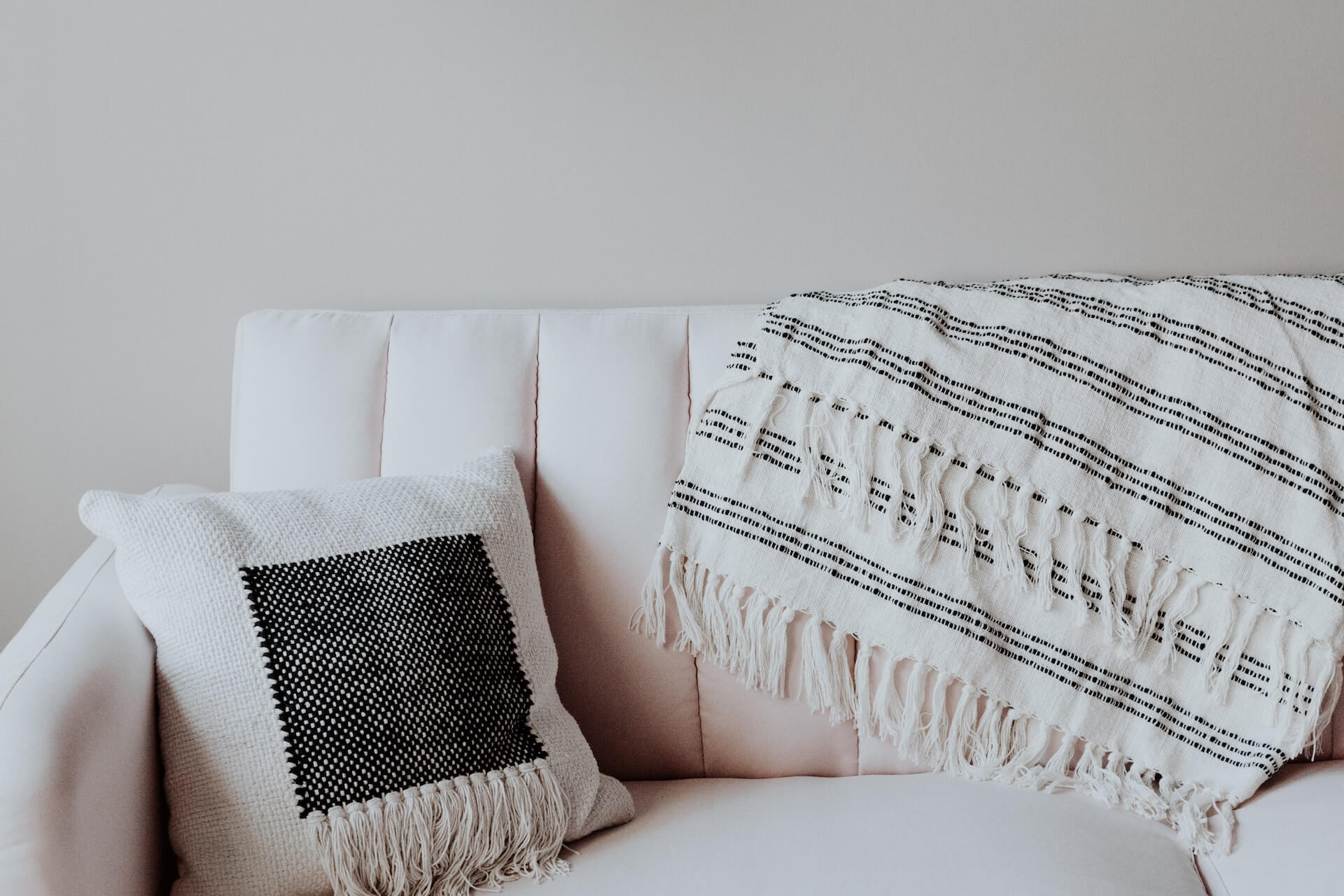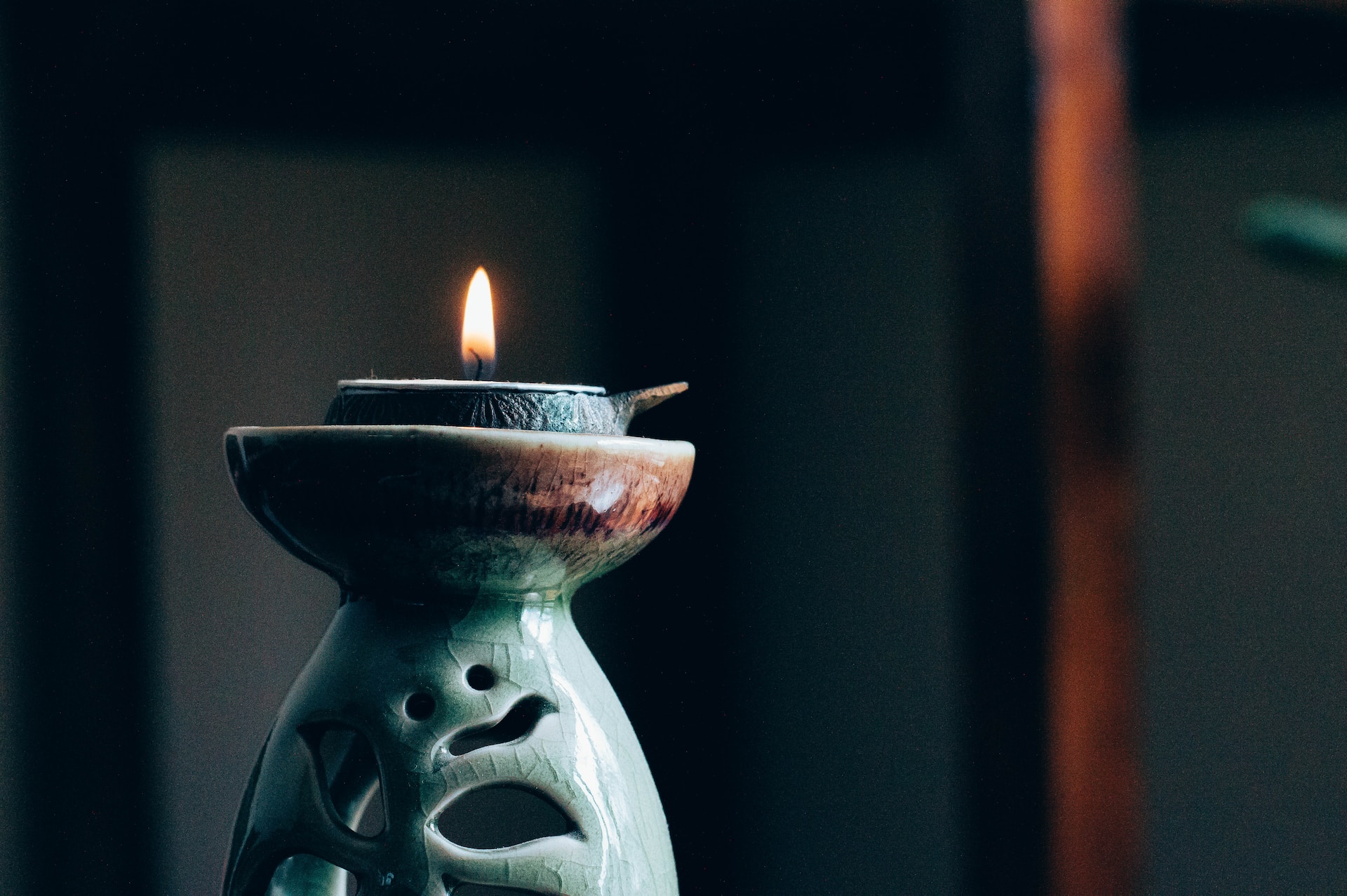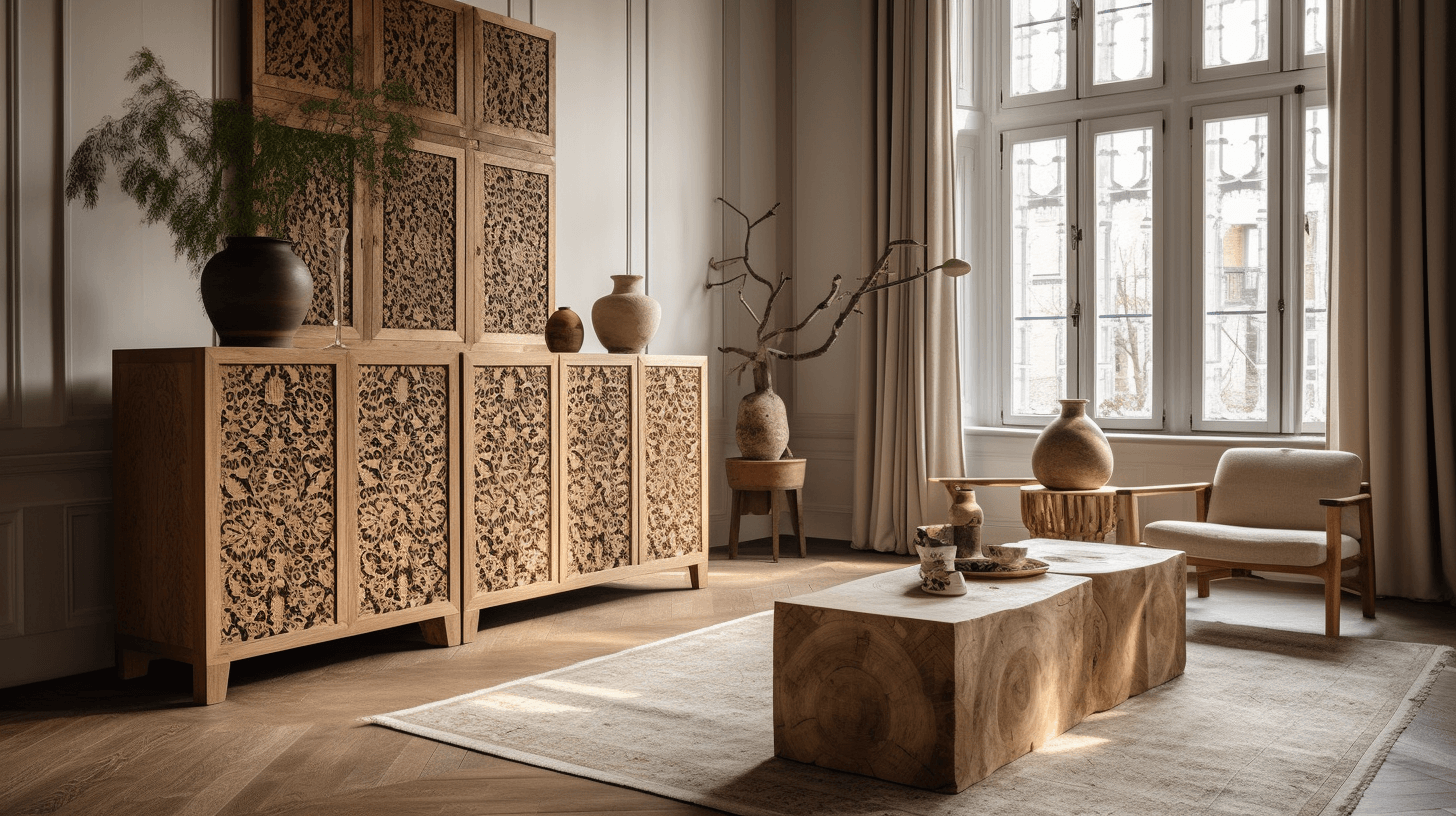
Known for its unique blend of beauty, sustainability, and versatility, mango wood homeware has become a sought-after choice for those looking to enhance their living spaces with natural materials. In this guide, we’ll cover its origin, pros and cons, compare it to other hardwoods like oak, and offer valuable tips on how to maintain your mango wood homeware.
Origin
As the name suggests, mango wood comes from the mango tree, a native of South Asia. What sets it apart is its sustainable sourcing. It is often harvested from mango trees that no longer bear fruit, making it an eco-friendly choice. Its unique grain patterns and rich, warm tones make it an excellent material for crafting homeware. This hardwood finds application in various products such as chairs, cabinets, benches, tables, bar stools, musical instruments, and even parts of houses like flooring, veneer, and panels.
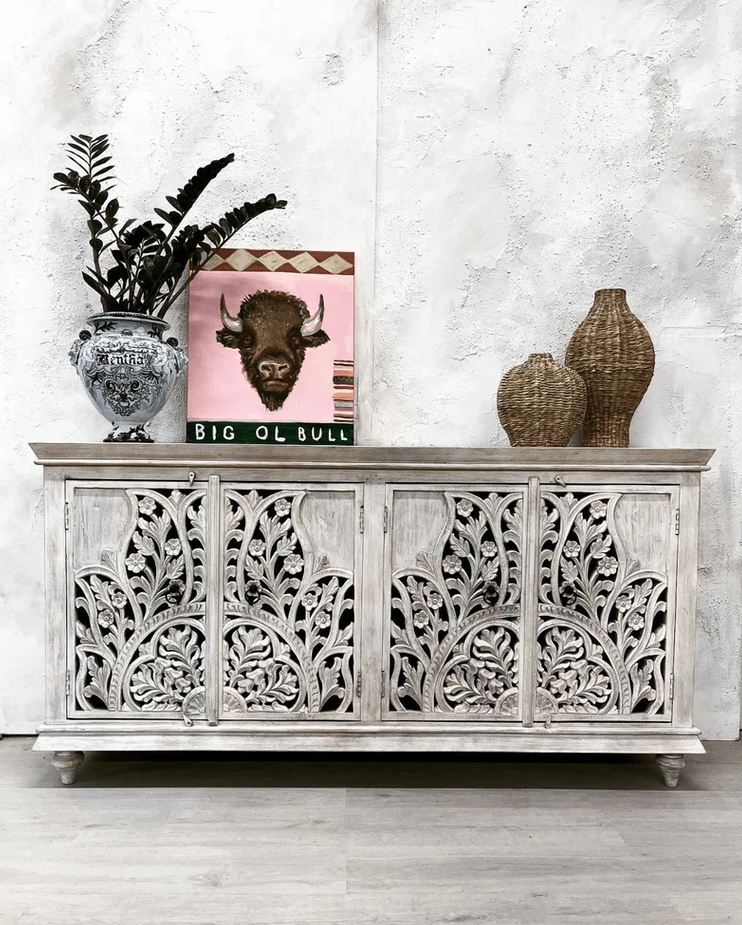
Carved sideboard whitewashed
by KireiHome

Pineapple Carved Mango Wood Coffee Table
by LoveNaturalFurniture
Pros and Cons
Pros:
- Natural Beauty: Mango wood’s intricate grain patterns and warm hues lend a touch of natural elegance to any setting. It can showcase distinctive colours, including pink, green, and brown, due to spalting.
- Affordability: Mango wood is more affordable than many other hardwoods due to its sustainable sourcing and faster tree maturity.
- Sustainability: Harvesting the wood from fruit-bearing trees at the end of their lifecycle minimizes environmental impact.
- Versatility: This type of wood can be crafted into a wide range of homeware items, from intricate carvings to sleek, modern designs. It can be both easy and challenging to work with mango wood due to its high silica content, which can dull blades but makes it suitable for finishes and stains.
- Durability: As a hardwood, mango wood is durable and comparable to woods like ash, teak, or oak.
Cons:
- Susceptibility to Scratches: This wood is relatively soft, making it prone to surface scratches. Using coasters and table runners can help protect its finish.
- Moisture Sensitivity: Excess moisture can lead to warping or damage. Avoid placing mango wood items in damp or humid environments.
- Prone to Heat: It is susceptible to dehydration and cracking when exposed to extreme heat.
- Possible Skin Irritation: In rare cases, it can cause skin irritation, especially for individuals with sensitive skin.
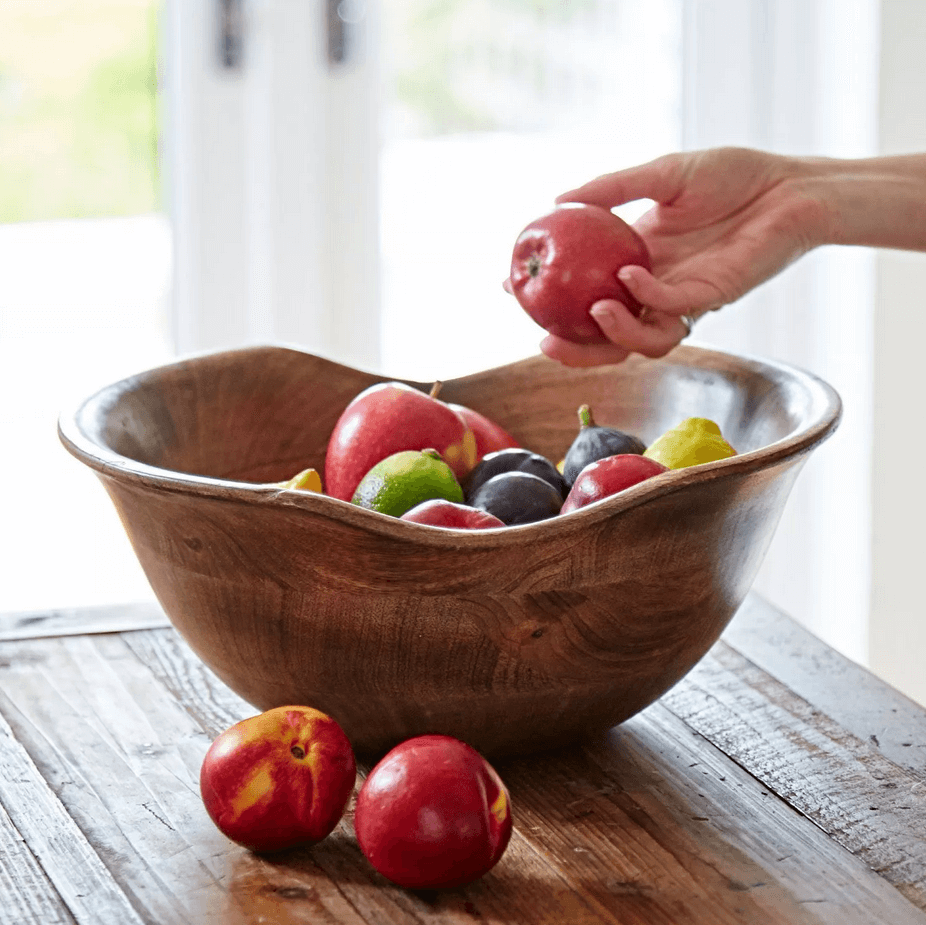
Fruit Bowl
by Paper High
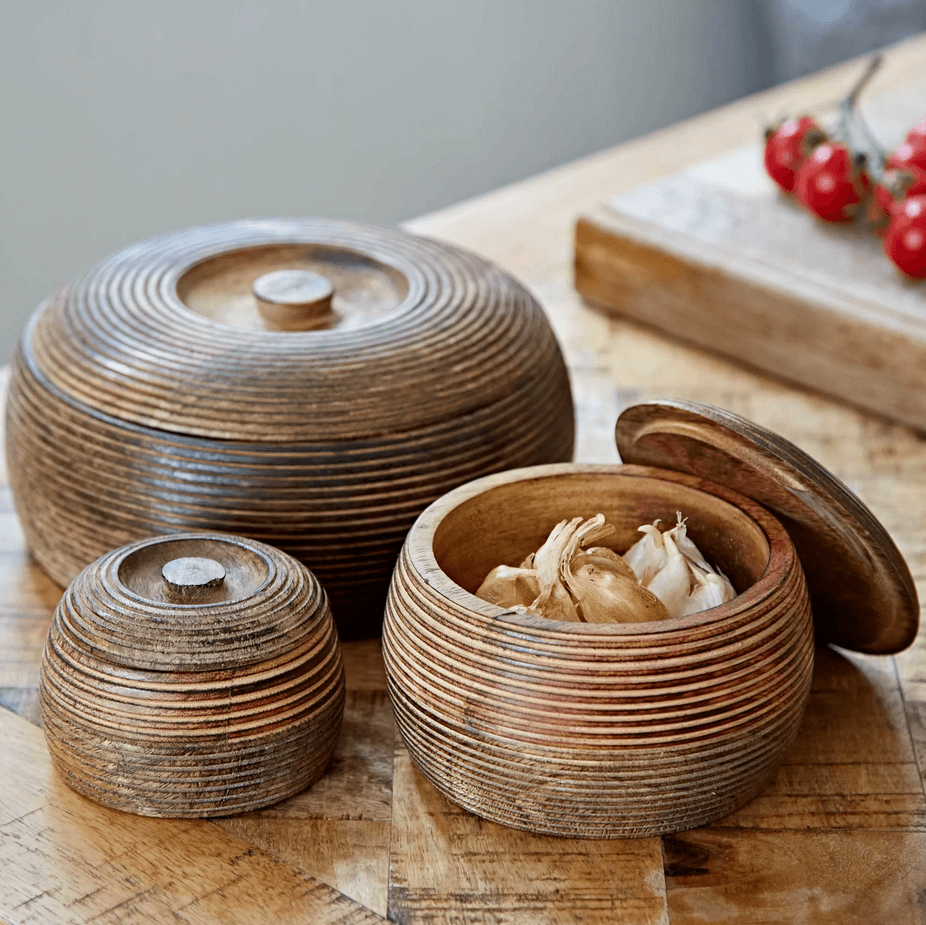
Makula Bowl with Lid
by Paper High
Mango Wood vs. Other Hardwoods
When it comes to hardwood comparisons, mango wood holds its own against oak, a wood that has been a staple in furniture and homeware for generations.
Appearance:
- Mango wood boasts a distinct appearance with its unique grain patterns and warm colors, making it a standout choice for those who appreciate natural beauty.
- Oak, on the other hand, is known for its traditional, classic appearance and strength.
Cost:
- Mango wood is often more affordable than oak, making it an attractive option for those on a budget.
Sustainability:
- Mango wood’s sustainable sourcing, using trees that are past their fruit-bearing years, contributes positively to the environment.
- It matures in about 15 years which is much faster than most common trees such as oak, 150 years, and teak, 20 to 25 years.
Durability:
- With a Janka hardness rating of 1,070, mango falls between mahogany at 800 and oak at 1,290, making it a wood that is objectively more durable than mahogany yet slightly less durable than oak.
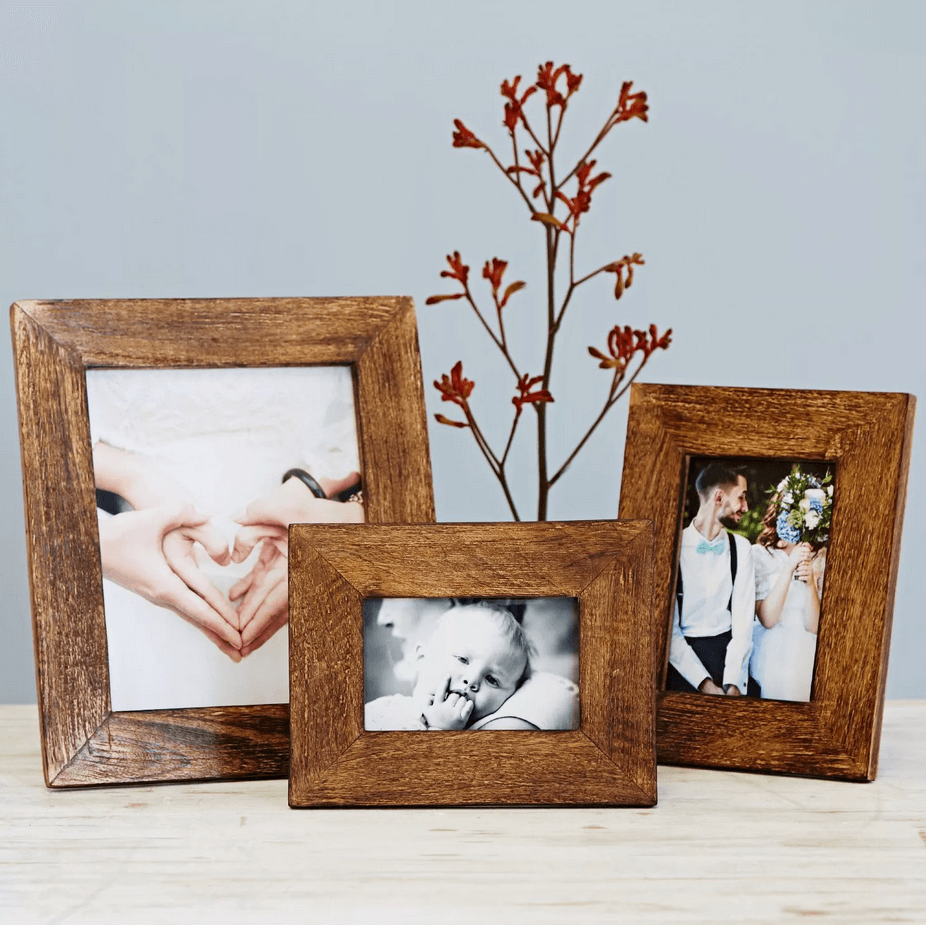
Photo Frame
by Paper High
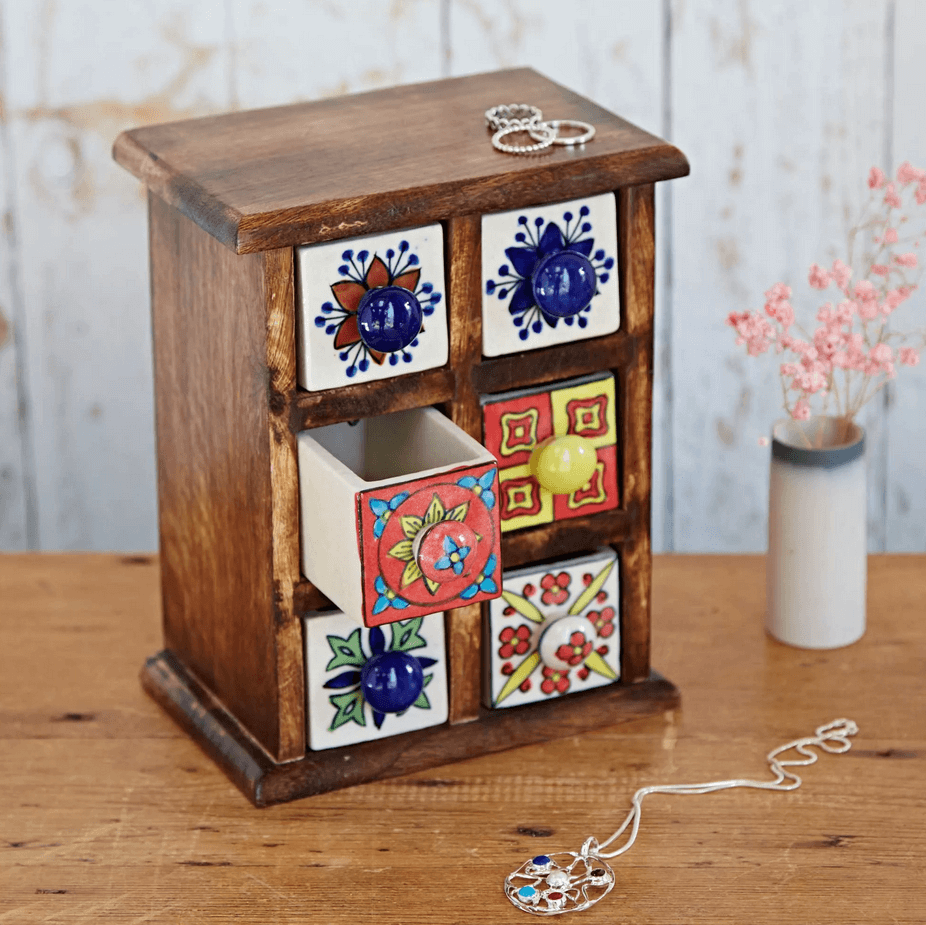
Jewellery Box
by Paper High
Mango Wood Care Tips and Maintenance
Mango wood finds applications indoors, serving as homeware, kitchenware, and furniture, while it can also be utilized for outdoor furniture; however, it demands consistent upkeep due to its susceptibility to sunlight and moisture.
Cleaning:
- Dust regularly with a soft, lint-free cloth to prevent scratches.
- For deeper cleaning, use a mixture of mild soap and warm water, followed by thorough drying.
Protection:
- Use coasters, placemats, and table runners to protect surfaces from heat, moisture, and scratches.
- Apply a wood conditioner or wax periodically to maintain the wood’s shine.
Preventing Moisture Damage:
- Avoid placing mango wood items in high-humidity areas.
- Promptly wipe up any spills to prevent moisture absorption.
Mango wood homeware, with its sustainability, natural beauty, and affordability, is a fantastic choice for anyone looking to enhance their home decor or upgrade their kitchenware. By understanding its origin, pros and cons, and how to properly care for it, you can enjoy its timeless charm in your living space.
** This post may contain affiliate links. This means that if you make a purchase through these links, I may earn a commission at no additional cost to you. I only recommend products or services that I would personally use and believe will add value to my readers. Thank you for your support!
-
Large mango wood dining table
£695.00 -
Carved Mango Wood Coffee Table
£219.99 -
Mango Wood Bedside Table
£132.99 -
Mango Wood Coffee Table
£200.00 -
Carved mango wood sideboard whitewashed
£895.00
